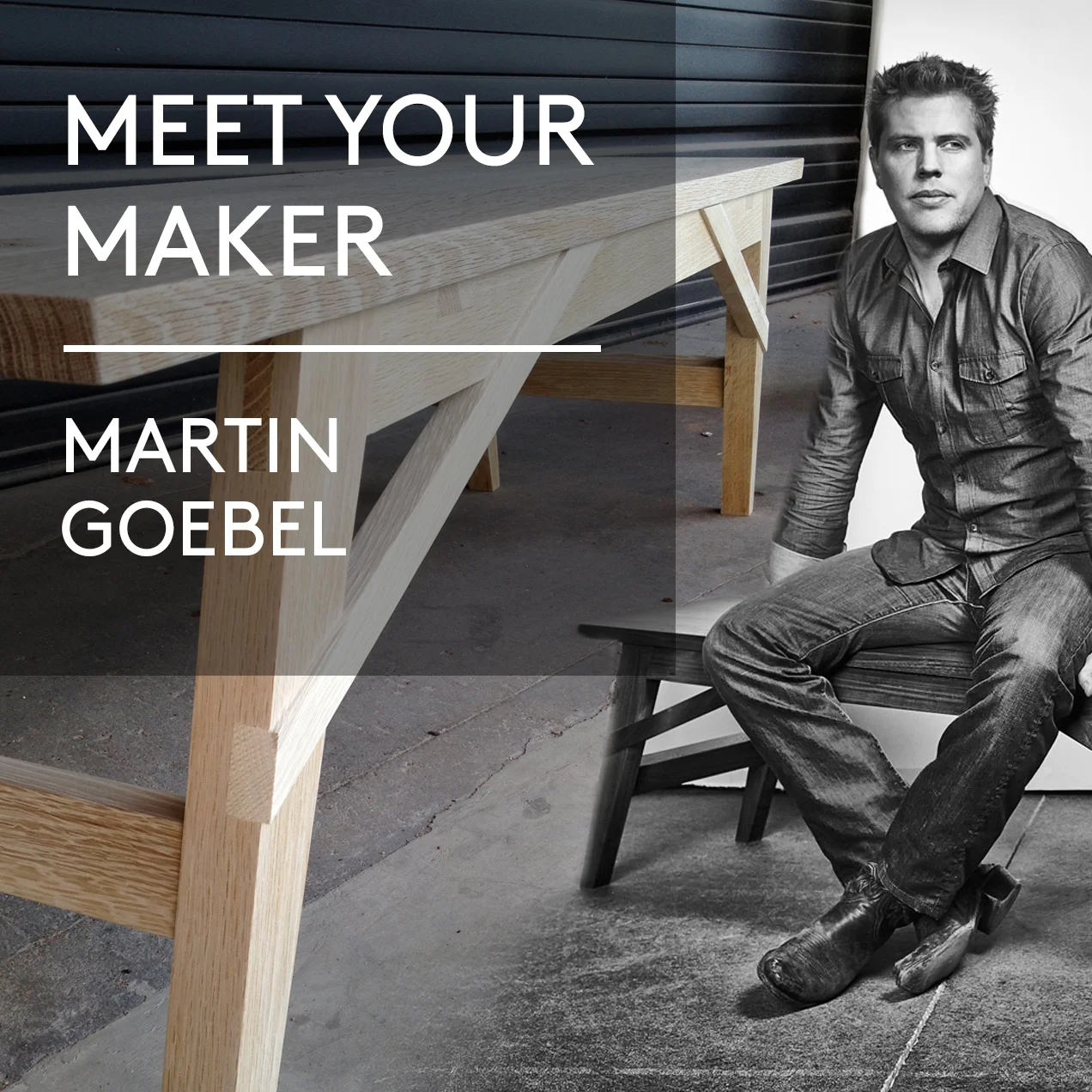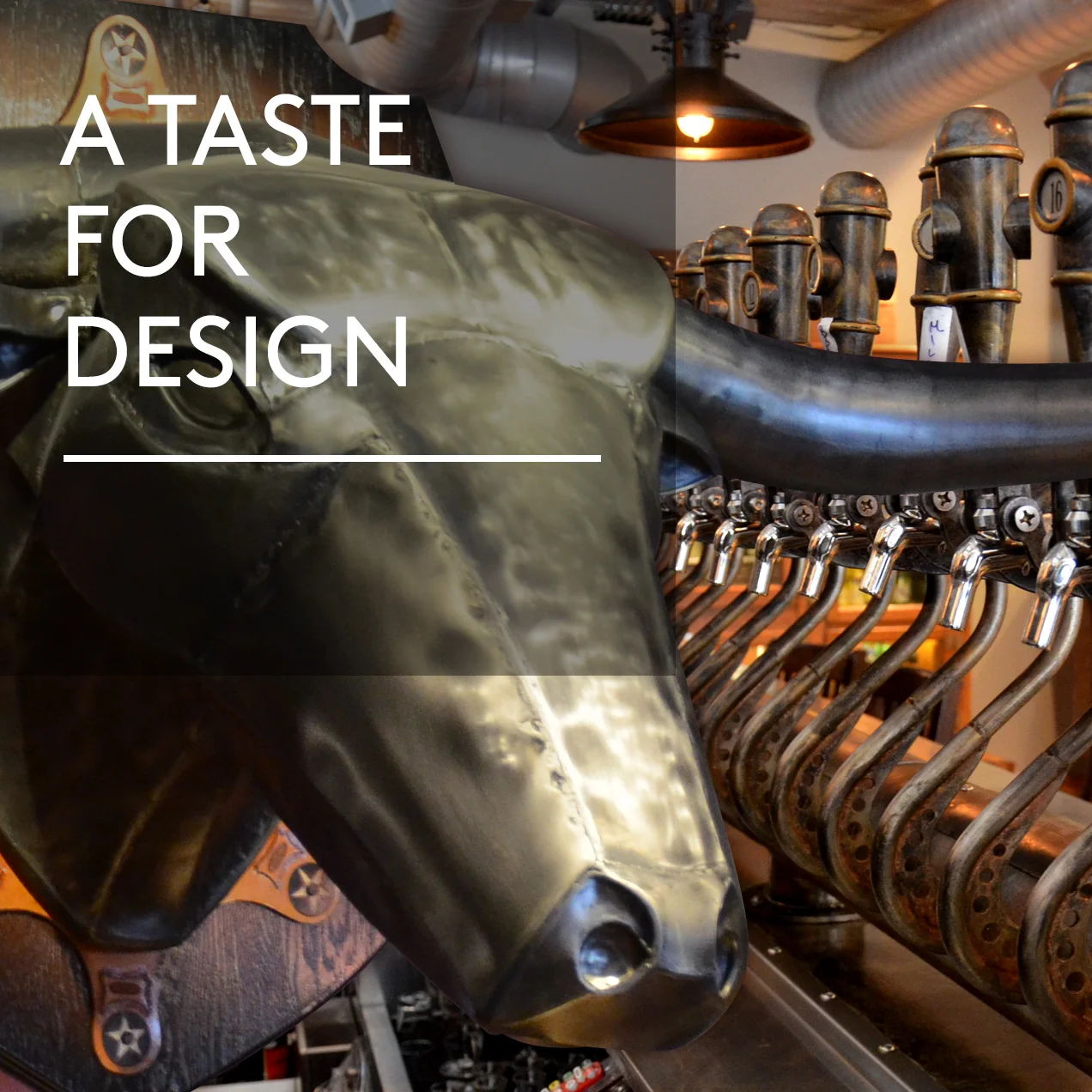John Cary Launches Public Interest Design Week
/John Cary must work a 48-hour day. How else to explain the prolific output of this young thinker, author, speaker and champion of human-centered design?
He’s hung out with Bill Clinton, addressed prime ministers and won more prizes and fellowships than he has fingers.
Cary’s latest gig is research fellow at the University of Minnesota’s College of Design, where he’s putting his considerable energy into the first Public Interest Design Week (March 19-24 in Minneapolis). More than two dozen seminars, discussions, film screenings and speakers will examine key issues in this growing area of design.
The Details:
- Fun Fact: Ran a marathon in Rome
- University of Minnesota College of Design
Rapson Hall, 89 Church Street SE, Minneapolis, MN 55455 - www.johncary.us, www.publicinterestdesign.org
- (510) 757-6213
Keynote speakers include New York Times architecture critic Michael Kimmelman and William Kamkwamba, author of “The Boy Who Harnessed the Wind.”
Modern Midwest got Cary to slow down enough to explain his vision for the event.
What was the inspiration for Public Interest Design Week?
There were a number of smaller, disparate design conferences. I decided to unite them, to cross-pollinate between them. My hope is to unite the larger design field so it’s not clearly dominated by one group or one organization.
Image source: www.publicinterestdesign.org
How’s the response been?
Really heartening. We’re expecting more than 500 registrations. We have people from Kenya. We have folks from Indonesia. We have a team from Sudan. But we also have a ton of people locally from the Twin Cities.
Tell us what public interest design is all about.
I call it public interest design, but it’s really about the intersection of design and service. It’s focused on bringing design to people who are normally outside the reach of the mainstream design profession.
It’s design that takes into consideration the needs and the desires of people who are actually using it, human-centered design.
And one big ethos is, design isn’t just for special occasions. It can be part of our everyday lives in the places where people live, play and work.
How does public interest design actually come to life?
I think that public interest design examples are probably within walking distance of everyone. It’s not a totally new thing. There’s just a lot of new momentum around it.
The High Line in New York took an abandoned railway and turned it into a public park. It has catalyzed economic investment across an area of New York that was underperforming. The BeltLine in Atlanta. Some of the development that has happened along the light rail system here in Minneapolis: you’ve got beautifully designed stations with art installations
How does this fit into the business of architecture and design?
From the professional standpoint, we’re trying to demonstrate that this type of work is a commercially viable form of practice. Historically, there has been this sort of rift between good design for good causes, and great design that people are willing to pay for. There are already new architecture and design practices emerging that make public interest design a big part or even an entirety of their clientele.
We also hope to demonstrate that this is a viable career path for young people. Too often, young people looking to get started in public interest design will start a nonprofit organization. That just creates one more organization that has to be funded and organized.
We don’t need more nonprofits -- we need more action.
Photos courtesy of John Cary

























